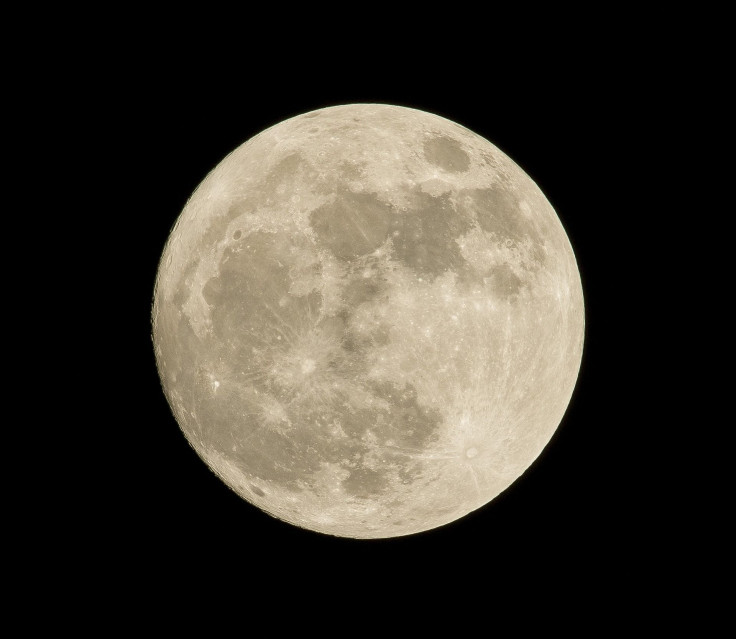Why NASA, Nokia Are Planning A 4G Network On The Moon
KEY POINTS
- Nokia was one of the 14 companies selected under NASA's 2020 Tipping Point program
- It was awarded $14.1 million to deploy a 4G network on the moon
- Once completed, it will be the first 4G/LTE system in space, NASA said
NASA has chosen several partners to develop technologies for its moon missions, including Nokia, which has been tapped to build a 4G network on the moon.
NASA recently announced 14 companies that were selected under its 2020 Tipping Point program, awarding a total of $370 million. One of the companies was Nokia of America Corporation, the U.S. subsidiary of the telecommunications company, which was awarded $14.1 million to deploy "the first LTE/4G communications system in space."
"The system could support lunar surface communications at greater distances, increased speeds, and provide more reliability than current standards," NASA wrote in a list of the Tipping Point selections.
Nokia shared the news in a Twitter thread, noting that although the project will begin with the 4G/LTE technologies, it will eventually be upgraded to 5G.
"To the moon!" Nokia Bell Labs wrote on Twitter. "We are excited to have been named by NASA as a key partner to advance 'Tipping Point' technologies for the moon, to help pave the way towards a sustainable human presence on the lunar surface."
To the moon! 🌕
— Bell Labs (@BellLabs) October 15, 2020
We are excited to have been named by @NASA as a key partner to advance “Tipping Point” technologies for the moon, to help pave the way towards sustainable human presence on the lunar surface.
So, what technology can you expect to see? (1/6) pic.twitter.com/wDNwloyHdP
Calling it a "groundbreaking network," the company says its technology will help future lunar astronauts in various tasks, including streaming of high-definition video, navigation and in controlling lunar rovers. And unlike the massive 4G towers here on Earth, the 4G network Nokia is developing is compact, being in its "smallest possible form factor," and more energy efficient.
Why 4G? Although the transition to 5G has already begun here on Earth, 4G will still be very useful on the moon. As CNN explains, it can actually work better on the moon because there will be no trees or buildings to interfere with the signal. Further, Nokia's Bell Labs did note that the technology will eventually "evolve to 5G."
Nokia's technology will also be capable of withstanding the conditions on the moon, including the radiation, vibrations during the journey and the vacuum of space.
It is still unclear when the lunar 4G project will come to fruition.
"NASA's significant investment in innovative technology demonstrations, led by small and large U.S. businesses across nine states, will expand what is possible in space and on the lunar surface," NASA Administrator Jim Bridenstine said in a news release. "Together, NASA and industry are building up an array of mission-ready capabilities to support a sustainable presence on the Moon and future human missions to Mars."

© Copyright IBTimes 2024. All rights reserved.






















